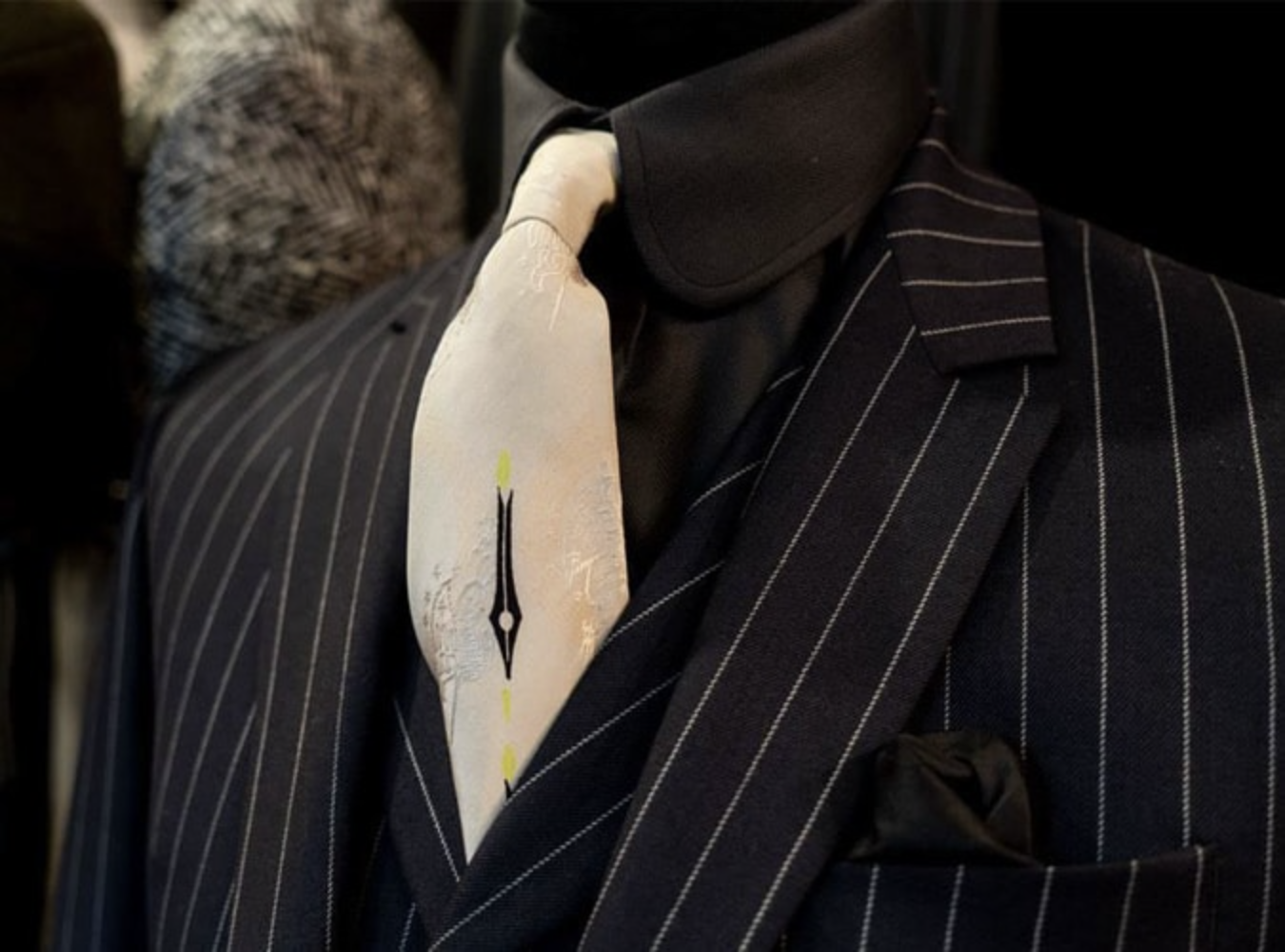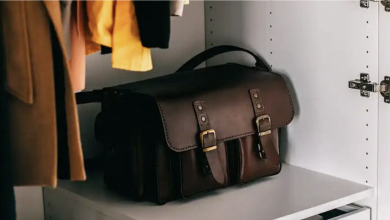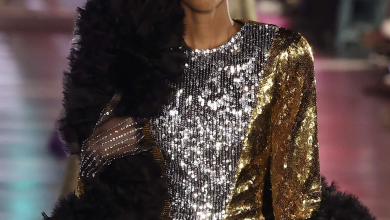A Contemporary Guide to Mod Fashion

Mod fashion originated in England during the 1960s, emerging as a vibrant subculture that meshed influences from 1950s workwear, music, and a distinct rebellion against societal norms of the time.
Characterized by bright colors, bold patterns, and a unique, streamlined silhouette, Mod clothing features skinny suits and skinny ties. Over the decades, the Mod look has evolved and spread globally, influencing men’s vintage clothing scenes from Tokyo to New York City.
So, what exactly defines Mod clothing? It’s inspired by the sharp, tailored styles of the 1950s, with well-fitted suits and crisp dress shirts being staples. Mods, primarily from the working class, differentiated themselves by choosing scooters over motorcycles or cars, favoring tailored outfits over leather jackets, and opting for long hair—a contrast to the skinheads of their time. They preferred soul music to rock ‘n roll and took their fashion cues from London rather than American hip hop culture, subtly challenging rather than overtly rebelling against authority figures.
Today, Mod clothing can range from simple t-shirts featuring band logos like The Who, to more dressed-up looks with button-down shirts and skinny ties paired with jeans or trousers and loafers or brogues. The key is to wear what feels right and expresses individuality.
British style is notoriously hard to pin down but is best described as a mix of classic and contemporary, high-end and high-street, combining different eras and influences. True British style fits seamlessly into various settings, whether casual or formal, day or night. It often incorporates unexpected materials like denim and draws inspiration from historical icons and European styles, particularly French.
Tonal dressing, which involves pairing items with similar hues and textures, is a practical approach to fashion that doesn’t require a complete wardrobe overhaul. Sticking to neutral shades like black, white, grey, brown, and tan allows for versatility and ease in creating multiple outfits by simply swapping accessories or adding a seasonal piece like a scarf or hat.
If budget is a concern, start small. Add pieces one at a time to gradually build a cohesive collection that fits every occasion and showcases your unique style.
Investment pieces for Mod fashion should focus on quality. Look for slim, tapered trousers from high street retailers or specialty vintage shops. Quality footwear, like a durable pair of brogues, is essential and worth investing in, as good shoes can elevate any outfit and last for years.
In conclusion, Mod fashion is more than just a style; it’s a form of self-expression and a means to stand up for personal beliefs. The Mod culture, with its rich history of defiance and creativity, remains relevant today. Embrace the Mod spirit with the right attitude and a dash of creativity, and there’s no limit to the possibilities this style can offer.
To dive deeper into Mod history, exploring areas like London’s Carnaby Street or Brighton’s Lanes can offer an authentic glimpse into the past with shops that specialize in vintage Mod clothing. For those interested in expanding their knowledge, numerous books and resources are available on the subject.



